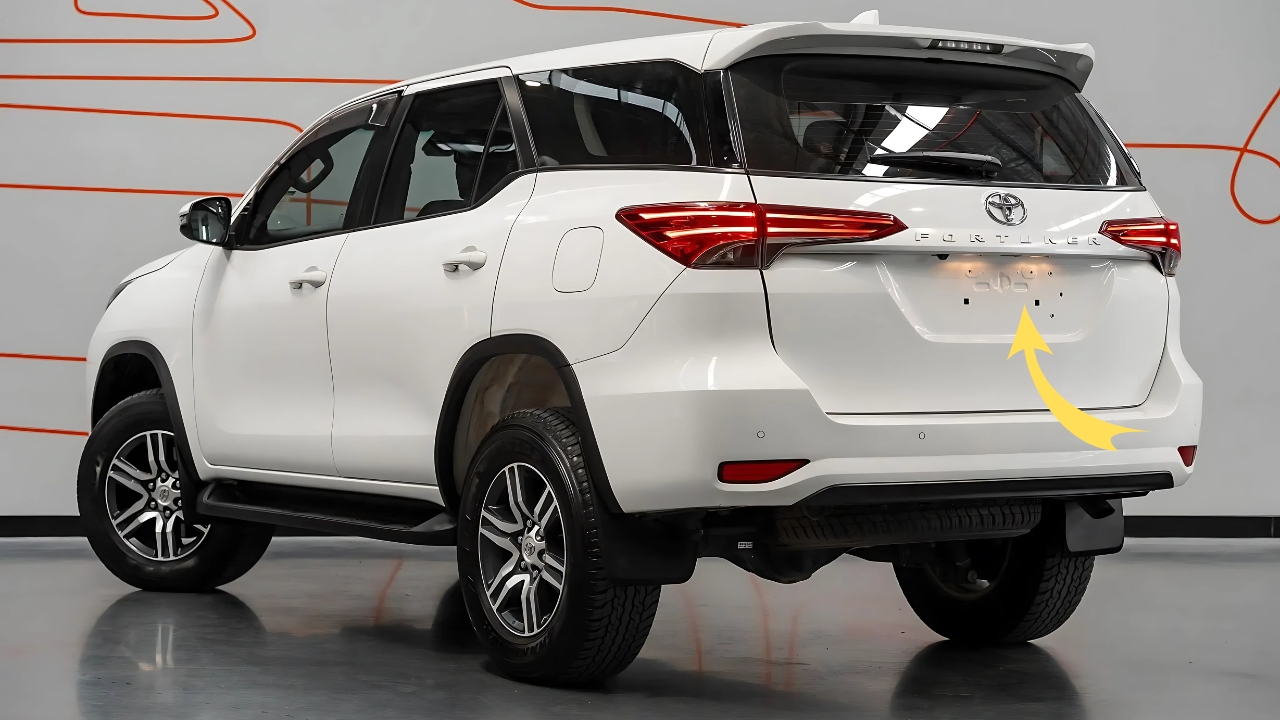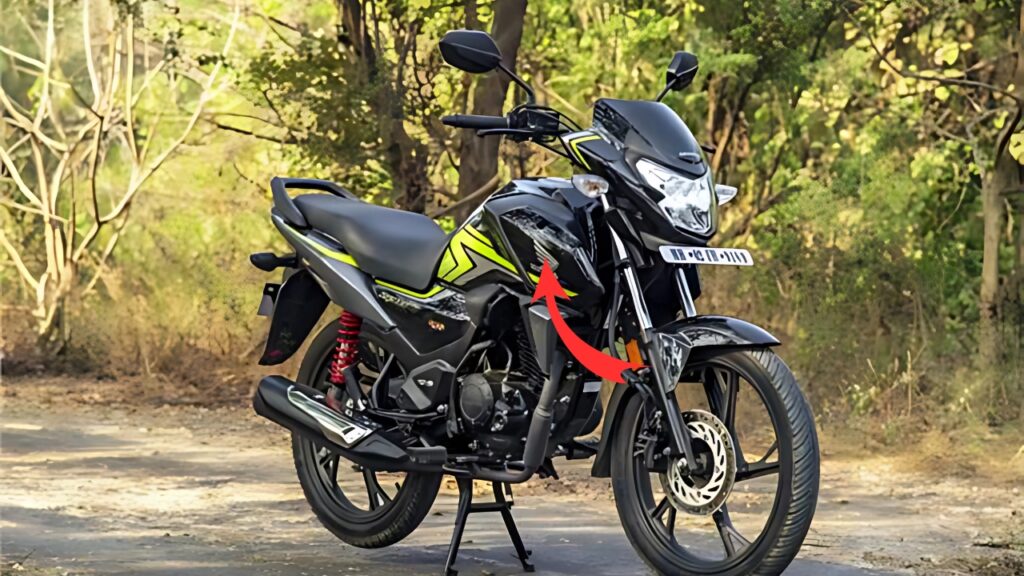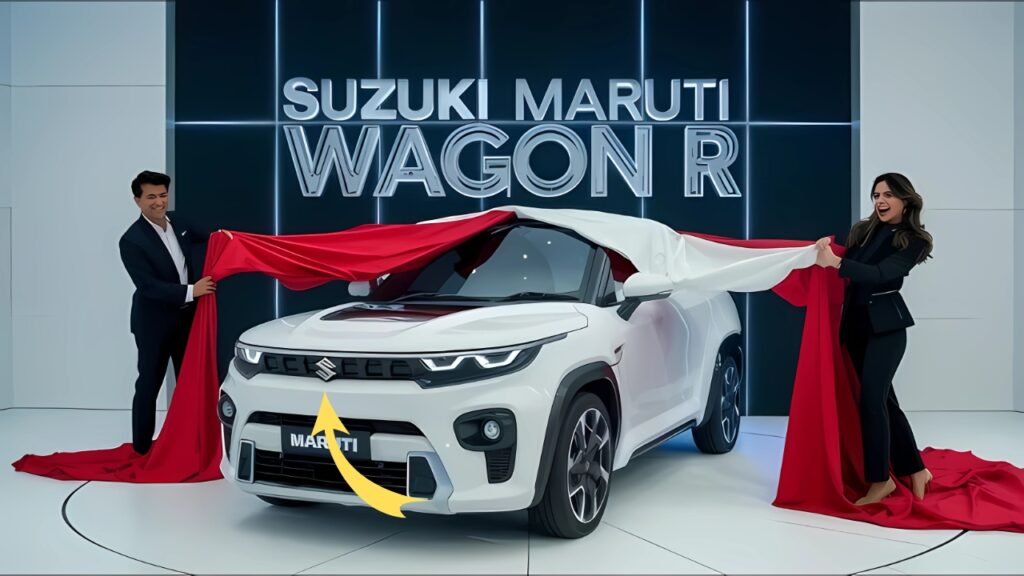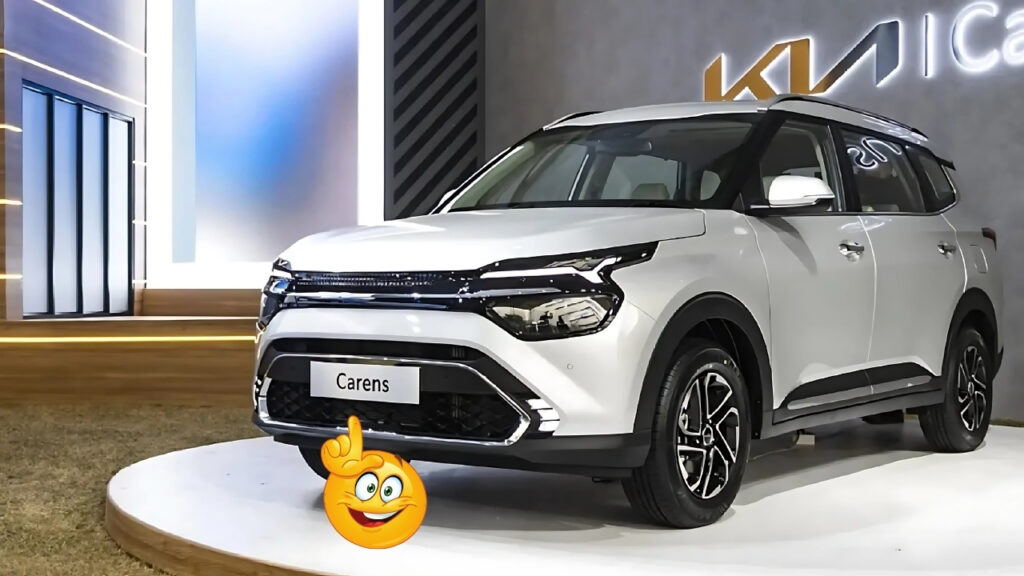Toyota Fortuner New facelift: The Toyota Fortuner emerged as part of Toyota’s strategy to create market-specific vehicles that cater to regional needs while leveraging proven global platforms.
Built on the same underpinnings as the Hilux pickup truck—a vehicle legendary for its indestructibility—the Fortuner was designed to offer similar capability in a more practical SUV package with additional seating capacity and enclosed cargo space.
The first generation debuted in 2005, primarily targeting markets in Southeast Asia, the Middle East, South America, and Australia (where it’s known as the Fortuner in some markets and as the SW4 in others).
This initial offering established the formula that would define the model: a robust ladder-frame chassis, reliable powertrain options, genuine four-wheel-drive capability, and a design that balanced toughness with approachability.
The second generation, introduced in 2015, represented a significant evolution in both design and engineering.
While maintaining its rugged foundation, this iteration brought more sophisticated styling, improved interior quality, enhanced on-road dynamics, and advanced technology features.
The latest facelift, introduced in 2020, further refined these elements while introducing more powerful engine options and expanded safety features.
Table of Contents
Toyota Fortuner New facelift : Design Philosophy and Exterior Styling

The current Fortuner embodies Toyota’s contemporary design language while maintaining the visual presence expected of a capable SUV.
The front fascia features an imposing hexagonal grille flanked by sleek LED headlights with distinctive daytime running lights.
The hood’s prominent power bulge conveys strength, while the sharply defined character lines along the vehicle’s sides reduce the visual bulk of what is a substantial vehicle.
The proportions remain true to the traditional SUV formula, with a high ride height, generous ground clearance, and short overhangs that facilitate off-road capability.
The upward sweep of the rear window line adds a dynamic element to the profile, while the wraparound rear glass and taillight assembly create a cohesive and modern appearance.
Wheel options typically range from 17 to 20 inches, with the larger alloys featuring machined faces and darker insets that enhance the vehicle’s premium positioning.
The design achieves a remarkable balance—projecting capability and robustness without the excessive visual aggression that characterizes some competitors.
The Fortuner’s design isn’t merely aesthetic—functional elements include approach and departure angles optimized for off-road use, integrated roof rails for additional cargo capacity, and thoughtfully positioned side steps that facilitate entry without significantly compromising ground clearance.
Interior: Blending Comfort with Practicality
Inside, the Fortuner successfully bridges the gap between utilitarian functionality and upscale comfort.
The dashboard layout is intuitive and driver-focused, with a prominent center console housing either an 8-inch or 9-inch touchscreen infotainment system depending on the trim level.
Physical controls for climate and essential functions maintain ease of use when driving off-road, where touchscreen-only interfaces can prove challenging.
Material quality impresses throughout the cabin, with soft-touch surfaces on frequently contacted areas and high-grade plastics elsewhere.
Higher trim levels feature leather upholstery, often with contrasting stitching, while wood or metallic accents add visual warmth and dimension to the interior environment.
The seating configuration accommodates seven passengers across three rows, with the front seats offering excellent support for long journeys.
The second row provides good legroom and can recline for additional comfort, while the third row, though more suitable for children or short trips, can accommodate adults when necessary.
Both rear rows can be folded in various configurations to prioritize either passenger or cargo capacity.
Thoughtful storage solutions abound, including large door pockets, multiple cupholders, a generous center console bin, and compartmentalized storage areas throughout the cabin.
Rear air conditioning vents ensure comfort for all passengers, while ambient lighting in premium trims enhances the atmosphere during night driving.
Technology integration has evolved significantly, with the latest models featuring smartphone connectivity via Apple CarPlay and Android Auto, satellite navigation, premium audio systems (often JBL-branded with multiple speakers), and USB charging ports for all three rows.
A digital instrument cluster provides customizable information displays, while available features like wireless charging pads and power tailgates add convenience for daily use.
Mechanical Excellence and Performance
The Fortuner’s market position demands engines that deliver both power for confident highway driving and the low-end torque essential for off-road situations.
The current generation offers several powertrain options, with availability varying by market.
The diesel lineup typically includes 2.4-liter and 2.8-liter turbocharged units from Toyota’s GD engine family.
The larger 2.8-liter engine is the more popular choice, producing approximately 201 horsepower and an impressive 500 Nm of torque in its latest iteration.
This substantial torque output, available from low rpm, provides the Fortuner with excellent towing capability (often rated over 3,000 kg) and effortless progress in challenging terrain.
Gasoline options include a 2.7-liter four-cylinder and, in some markets, a more powerful 4.0-liter V6. While these engines offer smoother and quieter operation, the diesel variants typically remain preferred for their superior torque characteristics and fuel efficiency.
Transmission options have evolved from earlier five-speed automatics to more refined six-speed automatic and manual transmissions.
The latest models feature an electronically controlled transmission with intelligence (ECT-i) that adapts shift patterns based on driving conditions and load requirements.
The four-wheel-drive system represents one of the Fortuner’s key strengths. Most variants feature a part-time system with an electronically controlled transfer case offering both high and low range options.
This setup allows drivers to switch between efficient two-wheel drive for normal conditions and capable four-wheel drive when terrain demands it.
Advanced models include a rear differential lock and Toyota’s Active Traction Control (A-TRC) system, which can direct torque to wheels with traction even in extremely challenging conditions.
Suspension components balance off-road articulation with on-road comfort through a double-wishbone front setup and four-link coil spring rear configuration.
This system allows for significant wheel travel when navigating obstacles while maintaining stability during highway driving.
Higher-specification models often feature variable flow control power steering that adjusts assistance based on speed and driving conditions.
Off-Road Capability and On-Road Refinement
The Fortuner’s dual nature as both a capable off-roader and a family-friendly daily driver represents its most impressive achievement.
Off-road, the combination of high ground clearance (typically 225mm or more), favorable approach and departure angles, and a sophisticated four-wheel-drive system allows it to tackle terrain that would defeat many crossover SUVs.
Features like Hill Descent Control modulate braking automatically on steep descents, while the Multi-Terrain Select system (available on premium variants) optimizes traction control, throttle response, and transmission behavior for specific surface conditions.
The Fortuner’s wading depth of approximately 700mm enables crossing moderately deep water obstacles, while skid plates protect vital components from damage.
On-road, the Fortuner delivers a more composed experience than its truck-based underpinnings might suggest.
While some body roll is inevitable given the high center of gravity, the overall dynamics inspire confidence, with predictable handling and progressive brake response.
Noise insulation has improved significantly with each generation, with the current model offering reasonably refined highway cruising, though still not matching the isolation of unibody crossovers.
Ride quality represents a thoughtful compromise—firm enough to control the substantial mass over undulations but compliant enough to absorb most road imperfections without unsettling occupants.
The hydraulic power steering provides good feedback while filtering out harsh impacts from rough surfaces.
Safety Features and Technology
Modern safety expectations have driven significant advancements in the Fortuner’s protective systems.
The current generation features a comprehensive suite of safety technologies under Toyota’s Safety Sense package, including:
-
Pre-Collision System with pedestrian detection
-
Lane Departure Alert with steering assist
-
Dynamic Radar Cruise Control
-
Automatic High Beam
-
Road Sign Assist
These active safety features complement the robust passive safety elements, including multiple airbags (typically seven, including driver’s knee airbag), vehicle stability control, traction control, and anti-lock braking with electronic brakeforce distribution.
The structural integrity benefits from Toyota’s Global Outstanding Assessment (GOA) body design, which incorporates high-tensile steel in critical areas to absorb and disperse crash energy.
These combined systems have helped the Fortuner achieve strong safety ratings in various regional assessment programs.
Market Position and Global Significance
The Fortuner occupies a distinctive position in Toyota’s global portfolio, particularly excelling in markets where road infrastructure varies significantly and vehicles must cope with diverse conditions.
Its success in regions like Southeast Asia, the Middle East, South Africa, Australia, and South America demonstrates its alignment with regional requirements for durability, capability, and value.
The model has become particularly significant in emerging economies, where it often serves as an aspirational vehicle representing achievement and status while remaining practically justified through its versatility.
In many markets, the Fortuner has established itself as the benchmark in its segment, forcing competitors to measure their offerings against its combination of attributes.
This global success has contributed substantially to Toyota’s bottom line while reinforcing the brand’s reputation for creating vehicles suited to local conditions.
The Fortuner’s development also demonstrates Toyota’s skill in platform sharing and adaptation, with the basic architecture supporting multiple vehicles tailored to different market requirements.
Toyota Fortuner New facelift : The Fortuner’s Enduring Appeal
The Toyota Fortuner’s continued success stems from its authentic capability combined with Toyota’s reputation for reliability.
Unlike many modern SUVs that merely adopt rugged styling cues, the Fortuner delivers genuine performance in challenging conditions while remaining comfortable and practical for everyday use.
As automotive markets increasingly shift toward crossovers prioritizing on-road comfort, the Fortuner maintains its commitment to all-terrain capability without excessive compromise.
This focused approach has created a loyal customer base who appreciate its traditional SUV virtues combined with modern technology and refinement.
The Fortuner represents more than just another model in Toyota’s extensive lineup—it exemplifies the company’s understanding of regional market needs and its ability to create vehicles that genuinely improve owners’ lives through their versatility and dependability.
As long as the world contains places where road conditions remain unpredictable and drivers require vehicles that can adapt to diverse circumstances, the Fortuner’s formula will likely continue to resonate with discerning buyers seeking capability without compromise.





